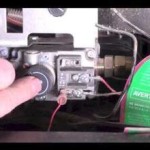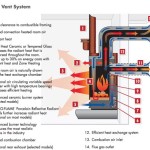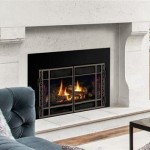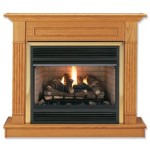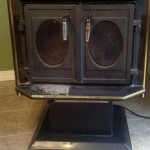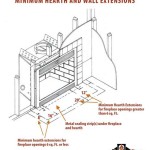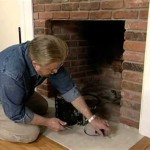Fireplace Heater System: Essential Guide to Enhance Your Home Comfort
Fireplace heater systems offer a captivating ambiance and warmth to any living space. However, understanding the essential aspects of these systems is crucial to ensure their optimal performance and safety. This comprehensive guide will delve into the key components, types, benefits, installation, and maintenance considerations of fireplace heaters.
Components of a Fireplace Heater System
- Fireplace: The focal point of the heater system, typically made of durable materials like cast iron or firebrick.
- Chimney: A vertical passage that vents smoke and gases safely out of the house.
- Flue: The inner lining of the chimney that resists heat and corrosion.
- Damper: A device used to control the airflow through the chimney.
- Grate: A metal grid that supports the fuel and allows air to circulate.
- Ashpan: A container beneath the grate that collects ashes.
Types of Fireplace Heaters
- Wood-Burning: Traditional and cost-effective, but require frequent refueling and maintenance.
- Gas-Burning: Convenient and easy to operate, using either natural gas or propane.
- Electric: Do not produce heat but generate heat through infrared technology or convection.
Benefits of Fireplace Heater Systems
- Warmth and Comfort: Provide a cozy and inviting ambiance, especially during cold months.
- Aesthetic Appeal: Enhance the beauty and character of the room.
- Energy Efficiency: Wood-burning fireplaces can reduce energy bills by supplementing central heating.
- Improved Air Quality: Electric fireplaces do not emit harmful emissions, making them suitable for indoor use.
- Stress Relief: The crackling sound of wood burning or the flickering flames of gas burners can be calming and therapeutic.
Installation and Maintenance Considerations
- Professional Installation: Ensure proper ventilation and compliance with building codes.
- Regular Cleaning: Clean the chimney and flue to prevent blockages and ensure efficient operation.
- Ash Removal: Remove ashes from the ashpan to maintain proper airflow and prevent fire risks.
- Annual Inspection: Have the fireplace heater system inspected by a qualified professional to detect potential issues.
- Safety Precautions: Use a fire extinguisher and smoke detectors near the fireplace, and never leave it unattended.
By understanding these essential aspects of fireplace heater systems, homeowners can make informed decisions about selecting, installing, and maintaining these systems. Whether for warmth, ambiance, or aesthetic appeal, fireplace heaters can transform a living space into a comfortable and inviting haven.

Fireplace As Heatingsystem Called Thermo Exclusive Property Blog

7 Wood Burning Fireplace Options To Heat Your Home

Heating Your Home With A Fireplace Doctor Flue Mi Oh

How To Heat Your Home With A Fireplace Homeserve Usa

Breezeheat Infrared Heating Electric Fireplace Stove Freestanding Heater Adjustable Brightness And Overheating Protection System 1000w 1500w Com
Dru Wood Burning Fires And Stoves With Water Heating Capacity

Boiler Stoves For Wood Powered Central Heating And Hot Water

Freestanding Electric Stoves Buyer S Guide Fireplaces Direct

Electric Fireplace Heater Mini Portable For Indoor Use Space With 3s Fast Heating 1500w 750w 2 Modes 3d Flame Effect Overheat Tip Over Protection Carry Handle Com

Wood Heating French Fireplaces Open Fireplace Combustion Stoves
Related Posts

